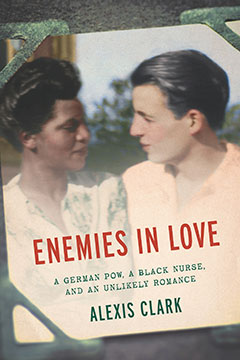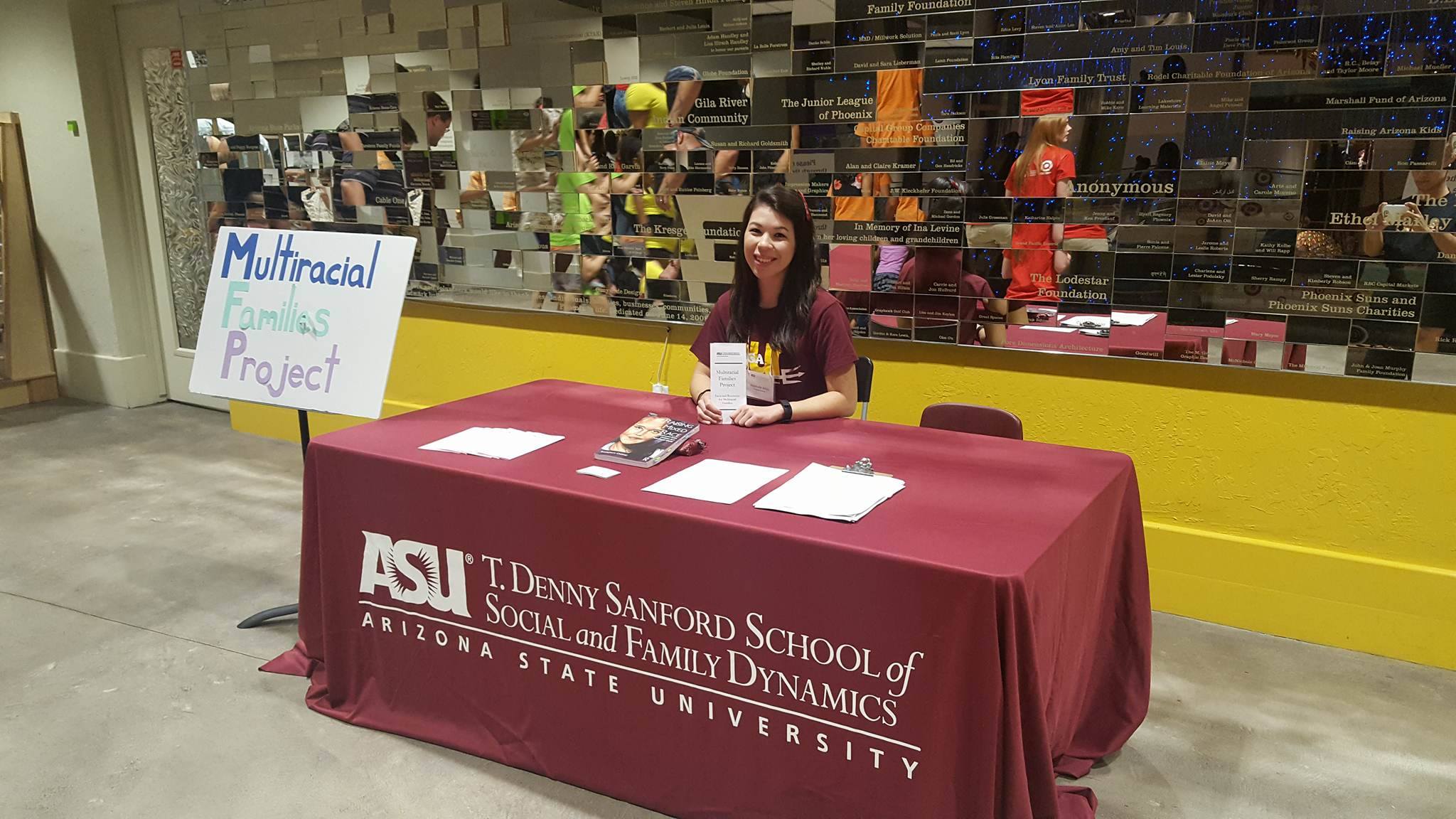In Arizona, Censoring Questions About Race
The New York Times
2012-04-01
Linda Martín Alcoff, Professor of Philosophy
Hunter College, City University of New York
In recent weeks, the state of Arizona has intensified its attack in its schools on an entire branch of study — critical race theory. Books and literature that, in the state’s view, meet that definition have been said to violate a provision in the state’s law that prohibits lessons “promoting racial resentment.” Officials are currently bringing to bear all their influence in the public school curriculum, going so far as to enter classrooms to confiscate books and other materials and to oversee what can be taught. After decades of debate over whether we might be able to curtail ever so slightly the proliferation of violent pornography, the censors have managed a quick and thorough coup over educational materials in ethnic studies.
I have been teaching critical race theory for almost 20 years. The phrase signifies quite a sophisticated concept for this crowd to wield, coined as it was by a consortium of theorists across several disciplines to signify the new cutting edge scholarship about race. Why not simply call it “scholarship about race,” you might ask? Because, as the censors might be surprised to find, these theorists want to leave open the question of what race is — if there is such a thing — rather than assuming it as a natural object of inquiry. Far from championing a single-minded program for the purpose of propaganda, the point of critical race theory is to formulate questions about race.
Arizona’s House Bill 2281, which was signed into law by Gov. Jan Brewer in May 2010, does not actually mention critical race theory, but the term has been all over the press with a “damning” image from 1990 of Barack Obama, then a Harvard law school student, hugging the law professor Derrick Bell, one of the field’s founders. State Superintendent Tom Horne devised the bill particularly to put a stop to what he describes as the “racist propaganda” of critical race theory, and now other conservatives are sounding the call against what they say is a “deeply disturbing theory.” Perhaps the negative publicity recently produced by the Republican stance on contraception has the party looking for a new target to shore up the base.
What the bill does say may sound to some ears as reasonable. It prohibits courses that “promote resentment toward a race or class of people,” that “advocate ethnic solidarity instead of the treatment of pupils as individuals,” or that are “designed primarily for pupils of a particular ethnic group.” The reality, of course, is that ethnic studies teachers are constantly trying to get students from multiple backgrounds in our classes, and many of us have even endeavored to make these courses required for all. But the other two issues raised by the bill, concerning “resentment” and “ethnic solidarity,” are a bit more complicated…
…Yet those who believe that critical race theory aims to produce ethnic or racial “solidarity” may be surprised to find that most critical race theorists have some skepticism about the existence of race. In this they simply follow the anthropology profession, which declared some 50 years ago that the concept of race is an illusion. In a paper published in 1963, S. L. Washburn, the president of the American Anthropological Association, referred to the concept of race as “an antiquated biological notion.” He and others argued that there is simply no global coherency or consistent social practice in regard to the concept of race, and that the biological status of the term was a sham produced by suspect scientific methods. Character traits we associate with races, including intelligence, are produced, not found. Dividing people by race, others explained, was like identifying slides by the box they came in.
Many people who are familiar with the debates over racism — over its causes, its nature and its solution — may be unaware that the very category of race has been debated for decades, not only among anthropologists but also among biologists, sociologists, social psychologists and even philosophers. Human beings share over 99 percent of our genes across racial groups, and no single gene accounts for anything physical other than eye color, a rather insignificant attribute. Diseases often associated with racial groups are found in other groups, thus making them more likely to be the result of reproductive patterns than some biological foundation. If siblings — who share the largest amount of DNA — can be identified as being of different races because of the way they look (as is common in Latin America and in my own family), how can race be biological? There just is no clear cut way to map our social classifications of race onto a meaningful biological category. Debates today concern how to explain the historical development of the physical traits we associate with races, but nobody with any standing believes that the racial groups named in the Great Chain of Being actually exist. In short, scholars have become quite critical of the concept of race…
Read the entire article here.



